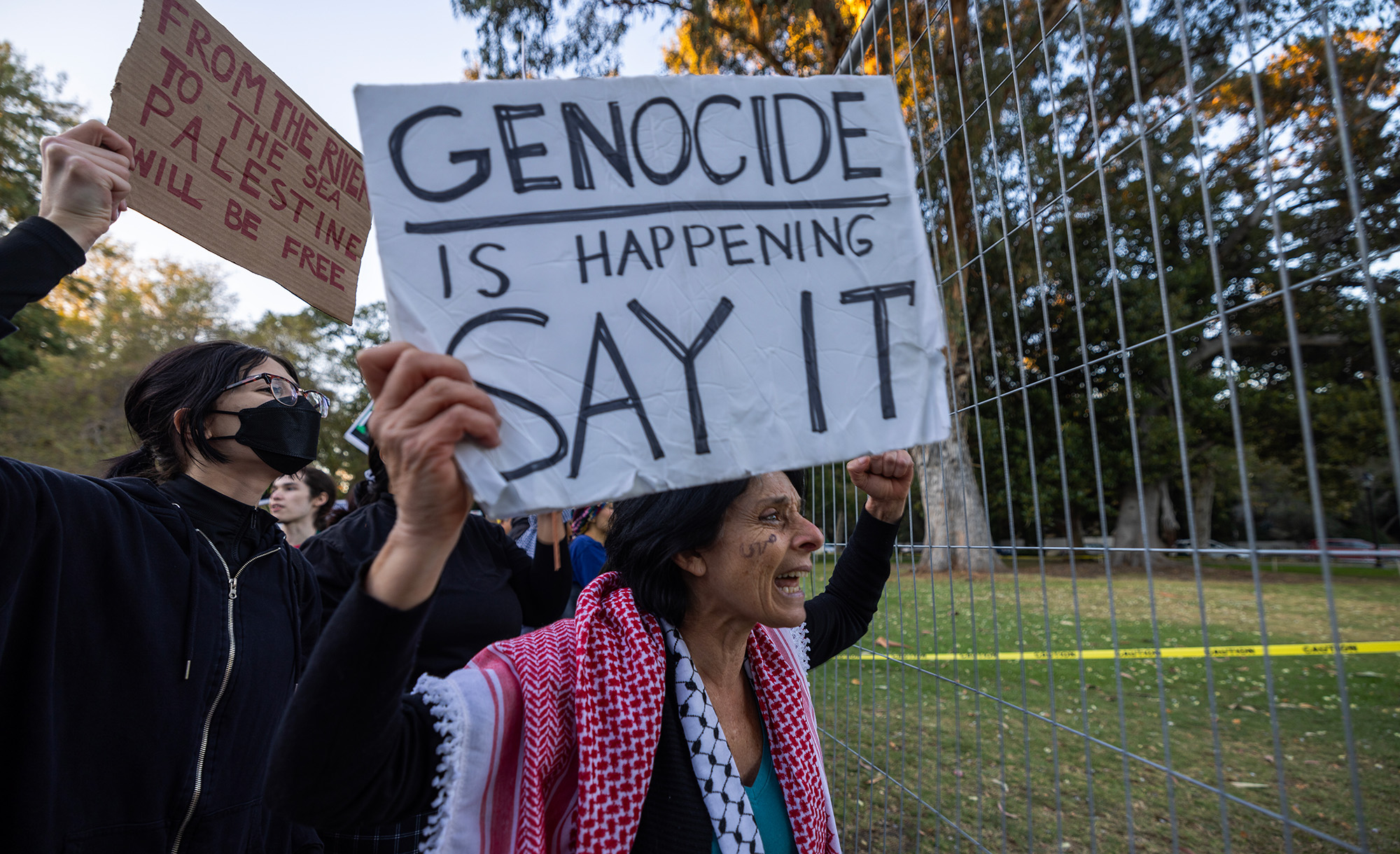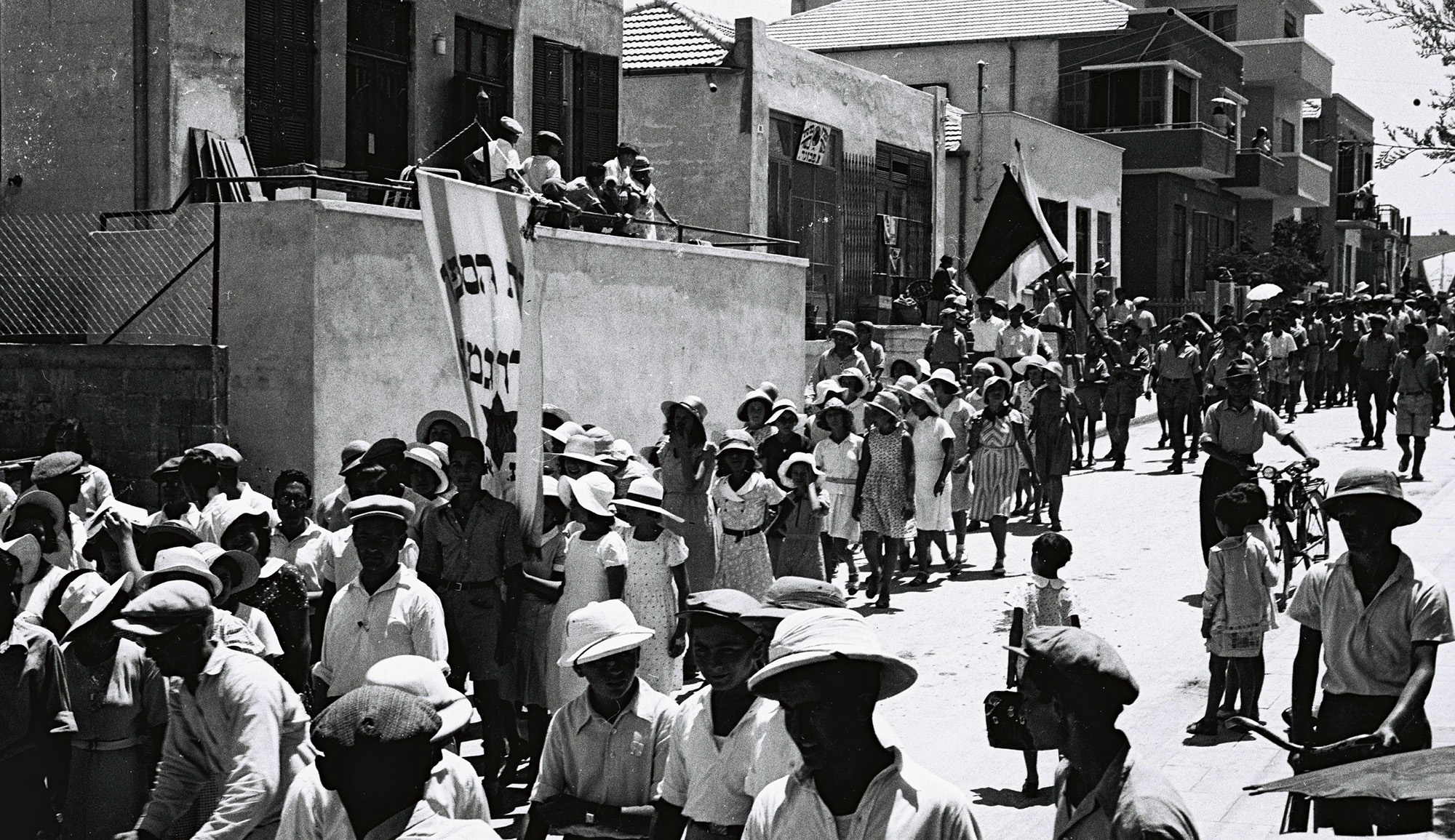Controversy broke out last week concerning remarks Congresswoman Ilhan Omar made at a gathering of the Council on American-Islamic Relations (CAIR). Last week also marked the fifth anniversary since CAIR—widely regarded by American journalists and politicians as a legitimate representative of U.S. Muslims—successfully pressured Brandeis University into canceling its plans to grant an honorary degree to the apostate Muslim and women’s-rights activist Ayaan Hirsi Ali. At the time, Andrew McCarthy responded with an updated version of a chapter from his 2010 book, in which he explained how Hamas operatives created CAIR.
When 25 [Hamas] members and supporters gathered at a Marriott Hotel in Philadelphia on October 27, 1993, they were unaware that the FBI was monitoring their deliberations. The confab was a brainstorming exercise: how best to back Hamas and derail the Oslo Accords while concealing these activities from the American government? . . . In the U.S., Hamas was [by this time] perceived as the principal enemy of the popular “peace process.” . . .
That was where [a] new organization would come in. . . . The new entity’s Islamism and Hamas promotion would have to be less “conspicuous.” It would need to couch its rhetoric in sweet nothings like “social justice,” “due process,” and “resistance.” If it did those things, though, it might be more attractive . . . and effective. A Muslim organization posing as a civil-rights activist while soft-pedaling its jihadist sympathies might be able to snow the American political class, the courts, the media, and the academy. It might make real inroads with the . . . progressives who dominated the Clinton administration. . . .
Despite its Hamas roots and terror ties, the most disturbing aspect of CAIR is its accomplishment of the Muslim Brotherhood’s precise aspiration for it. Thanks to its media savvy and the credulousness of government officials and press outlets, which have treated it as the “civil-rights” group it purports to be rather than the Islamist spearhead that it is, CAIR has been a constant thorn in the side of American national defense.
More about: Ayaan Hirsi Ali, Brandeis, CAIR, Hamas, Ilhan Omar, Politics & Current Affairs


